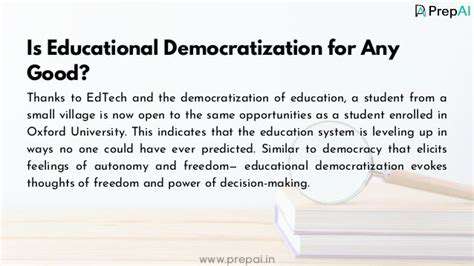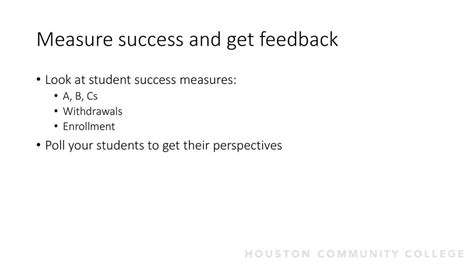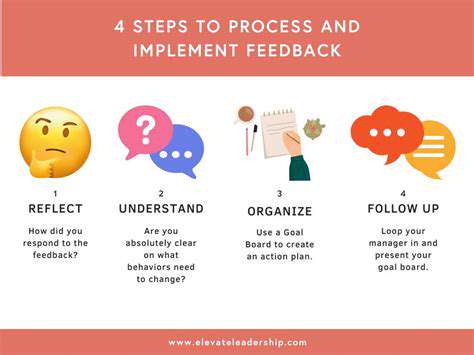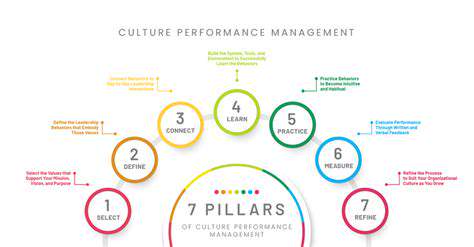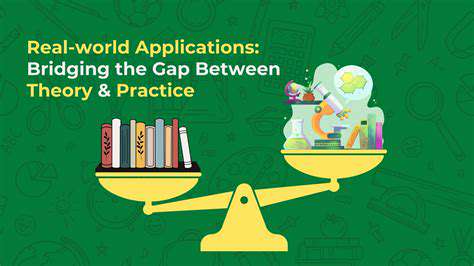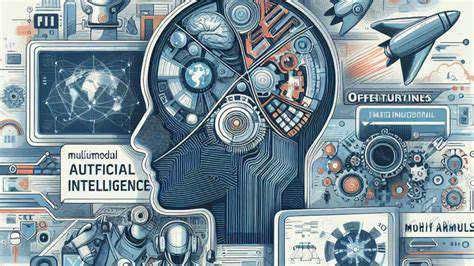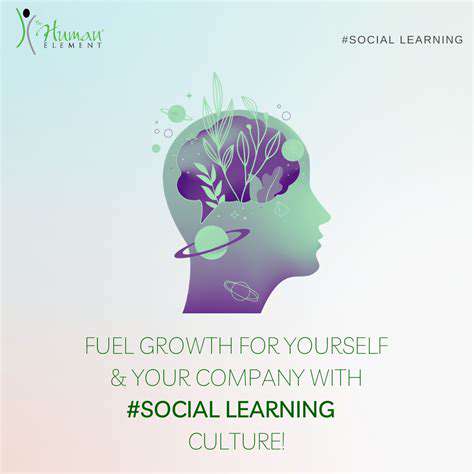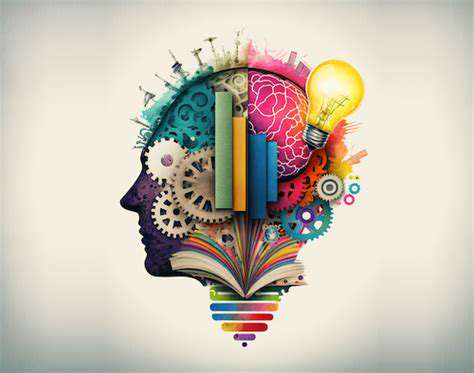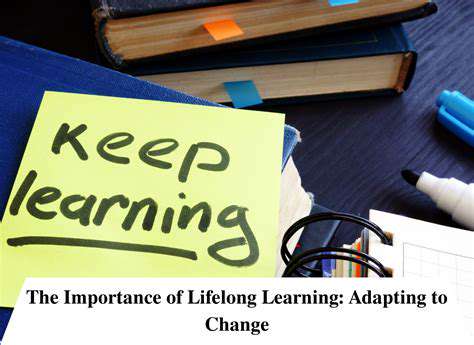Building a Gamified Curriculum: A Practical Guide

Designing Engaging Activities and Challenges
Planning Engaging Challenges
A key element in designing a gamified curriculum is to craft challenges that are not only engaging but also aligned with learning objectives. Consider the different learning styles of your students and tailor the challenges to cater to these diverse needs. This might involve incorporating visual aids, auditory elements, or kinesthetic activities to ensure that all learners are actively participating and engaged in the learning process. Think beyond simple problem-solving tasks and explore creative avenues for students to demonstrate their understanding and skills. This could involve role-playing scenarios, building models, or creating presentations.
Effective challenges should encourage exploration, experimentation, and critical thinking. Avoid overly simplistic tasks that don't require significant mental effort. Instead, design challenges that encourage students to analyze information, synthesize concepts, and apply their knowledge in novel ways. This will help them develop a deeper understanding of the subject matter and foster a love of learning.
Creating a Point System and Rewards
Establishing a clear point system is crucial for maintaining motivation and encouraging participation in the gamified curriculum. The points earned should directly reflect the level of effort and achievement. A well-structured point system provides a tangible representation of progress and encourages students to strive for higher scores. This system needs to be transparent and easily understood by all participants.
Rewards can also be a powerful motivator. These rewards should be meaningful and relevant to the students. They could range from digital badges to physical prizes, or even special recognition within the classroom. Consider offering rewards for both individual achievements and collaborative efforts to foster a sense of teamwork and community learning.
Integrating Technology into the Activities
Leveraging technology can significantly enhance the engagement and interactivity of gamified activities. Use educational apps, online platforms, or interactive simulations to create dynamic and immersive learning experiences. Ensure that the technology used aligns with the learning objectives and supports the overall curriculum. Consider integrating elements like interactive quizzes, virtual field trips, or online simulations to make learning more engaging and enjoyable.
Technology integration should not overshadow the core learning objectives. Focus on using technology as a tool to enhance understanding and foster critical thinking, rather than simply for entertainment purposes. Carefully select technology that supports active learning and allows for exploration and experimentation.
Designing Levels and Progression
Creating distinct levels within the gamified curriculum allows for a structured and progressive learning experience. Each level should introduce new challenges and concepts, building upon the knowledge acquired in previous levels. This progressive structure allows students to experience a sense of accomplishment as they master new skills and advance through the curriculum.
Clearly defined criteria for moving between levels encourage students to strive for excellence. The criteria should be transparent and measurable, ensuring fairness and allowing for a clear understanding of what is required to progress. This focus on progression and reward will keep students motivated and engaged throughout the learning journey.
Designing Leaderboards and Competitions
Leaderboards can be a powerful tool for fostering healthy competition and encouraging students to strive for excellence. However, it's crucial to design leaderboards that promote collaboration and respect, rather than fostering unhealthy competition or negativity. Transparency and fairness are essential to ensure a positive learning environment.
Facilitating Collaboration and Teamwork
Gamified learning activities should encourage collaboration and teamwork whenever possible. This can be achieved through group challenges, cooperative projects, or online forums where students can interact and learn from each other. Creating a positive and supportive learning community is crucial for the success of the gamified curriculum.
Teamwork activities allow students to develop valuable interpersonal skills, such as communication, problem-solving, and conflict resolution. These skills are essential for success in the future and are often overlooked in traditional learning environments.

Read more about Building a Gamified Curriculum: A Practical Guide
Hot Recommendations
- The Gamified Parent Teacher Conference: Engaging Stakeholders
- Gamification in Education: Making Learning Irresistibly Fun
- The Future of School Libraries: AI for Personalized Recommendations
- EdTech and the Future of Creative Industries
- Empowering Student Choice: The Core of Personalized Learning
- Building Community in a Hybrid Learning Setting
- VR for Special Education: Tailored Immersive Experiences
- Measuring the True Value of EdTech: Beyond Adoption Rates
- Addressing Digital Divide in AI Educational Access
- Preparing the Workforce for AI Integration in Their Careers

